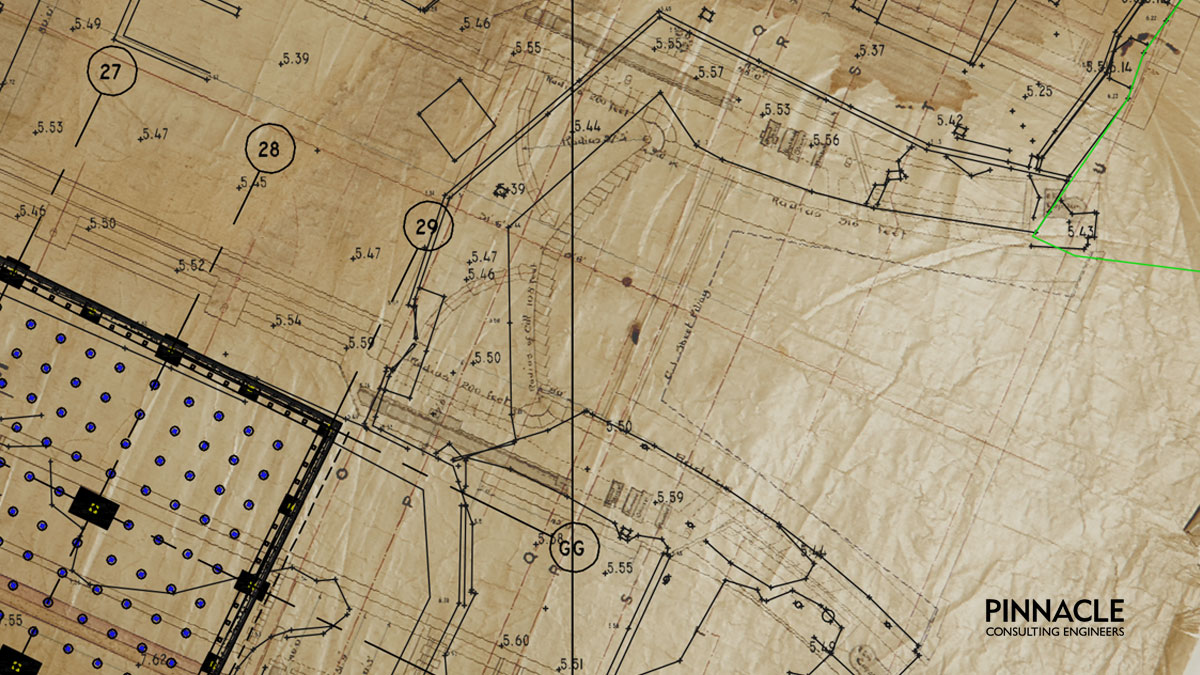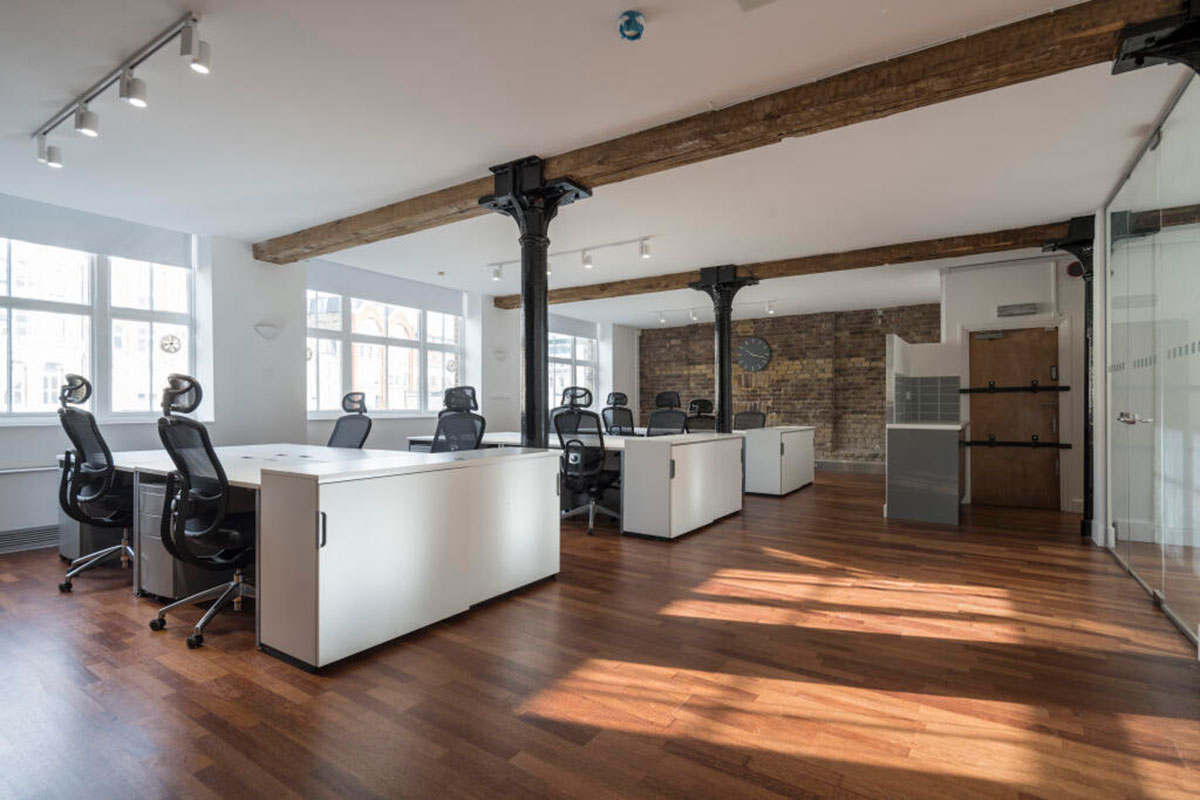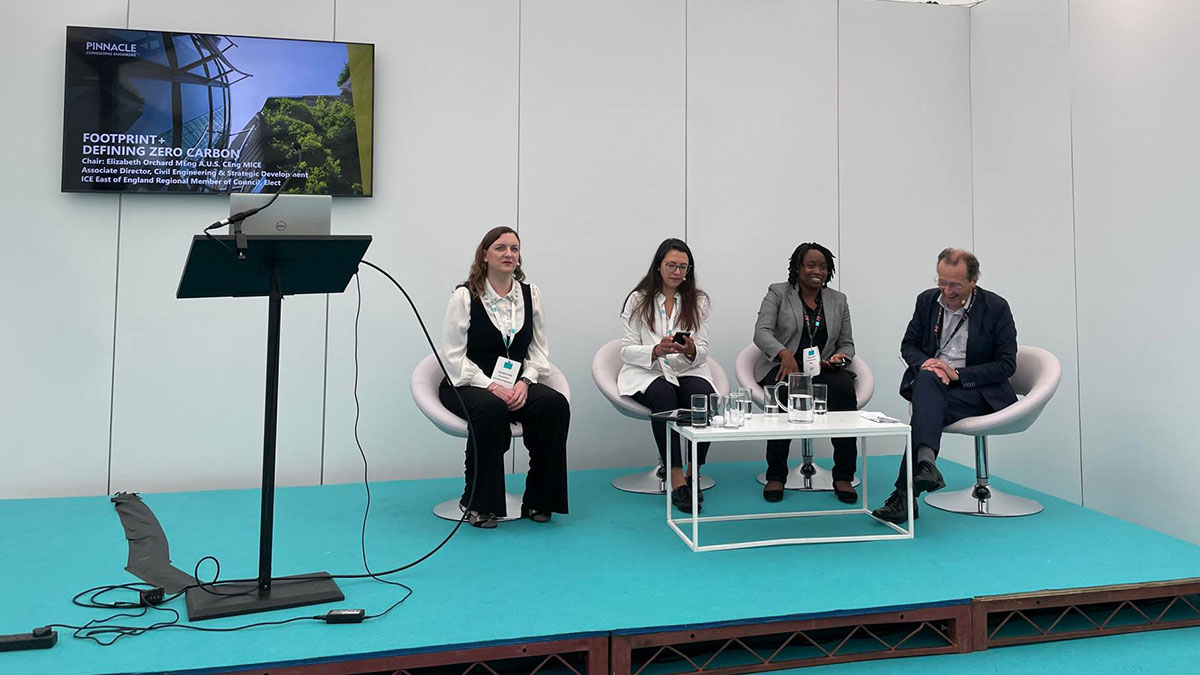In Victorian London, the early morning fog rises over the Thames as horse-drawn carriages clatter across cobblestone streets. Workers on the docks shout to each other, pushing wheelbarrows laden with wooden barrels onto waiting vessels.
An engineer, sporting stovepipe hat and trousers, and sack coat, strides through the mist, carrying a rolled-up drawing that he completed by lamplight late last night, after working on it for weeks. The drawing is an as-built record of an entrance lock, measured meticulously by hand.
In 21st Century London, the early morning sunshine winks in a rain puddle outside one of the many coffee shops, as a flatbed lorry crawls through a street, laden with traffic cones.
A researcher at the Museum of London, donning a white protective glove, delicately retrieves the very same drawing from the museum’s archives, carefully scanning it and sending it via email to us at Pinnacle Consulting Engineers.
When our team received a copy of these historic drawings from the early 1800s, which were required for research into development on the same site, even some of our most experienced engineers were astonished. We overlaid our digital survey and proposed foundation layout drawings onto the top of this 100-year old document, and the result was a near-perfect match between old drawing and new.
Our Victorian engineer would have spent weeks visiting the site, carefully taking measurements by hand, checking and double-checking, then, over coming days or weeks, painstakingly drawing up this as-built record from notebooks full of numbers and sketches and memories of what the site looked like. Any mistake in the drafting would mean a total do-over of the drawing.
Comparing this to our ability to take numerous site photos on our phones in an instant, the digital laser surveying technology that we have access to, the modern drafting software that interprets the survey data into a drawing in a matter of hours, and the ability to correct mistakes in seconds; the level of accuracy on this drawing is nothing short of astounding.
We hope that in another 100 years, engineers might upload our digital models to their HoloLens style devices, praising us for doing a pretty good job with the technology we had available at the time. Given the progress that has been made in the last 100 years, the possibilities for the next 100 years of engineering technology seem limitless.
Our thanks to the Museum of London for permission to use this image, and also to our Victorian engineer, who so diligently put this drawing together in the first place.





